-
Definition
-
Scope of the Study
- Research Objective
- Assumptions
- Limitations
-
Introduction
-
Primary Research
-
Secondary research
-
Market Size Estimation
-
Drivers
-
Restraints
-
Opportunities
-
Challenges
-
Macroeconomic Indicators
-
Technology Trends & Assessment
-
Porter’s Five Forces Analysis
- Bargaining Power of Suppliers
- Bargaining Power of Buyers
- Threat of New Entrants
- Threat of Substitutes
- Intensity of Rivalry
-
Value Chain Analysis
-
Investment Feasibility Analysis
-
Pricing Analysis
-
Chapter 6. Global Seborrheic Keratosis Market, by Type
-
Introduction
-
Common Seborrheic Keratosis
- Market Estimates & Forecast, 2023-2032
-
Reticulated Seborrheic Keratosis or Adenoid Seborrheic Keratosis
- Market Estimates & Forecast, 2023-2032
-
Stucco Keratosis
- Market Estimates & Forecast, 2023-2032
-
Clonal Seborrheic Keratosis
- Market Estimates & Forecast, 2023-2032
-
Irritated Seborrheic Keratosis
- Market Estimates & Forecast, 2023-2032
-
Seborrheic Keratosis with Squamous Atypia
- Market Estimates & Forecast, 2023-2032
-
Melanoacanthoma
- Market Estimates & Forecast, 2023-2032
-
Dermatosis Papulosa Nigra
- Market Estimates & Forecast, 2023-2032
-
Inverted Follicular Keratosis
- Market Estimates & Forecast, 2023-2032
-
Chapter 7. Global Seborrheic Keratosis Market, by Diagnosis
-
Introduction
-
Skin Biopsy
- Market Estimates & Forecast, 2023-2032
-
Others
- Market Estimates & Forecast, 2023-2032
-
Chapter 8. Global Seborrheic Keratosis Market, by treatment
-
Introduction
-
Medication
- Market Estimates & Forecast, 2023-2032
-
Medical procedure
- Market Estimates & Forecast, 2023-2032
-
Surgical Procedures
- Market Estimates & Forecast, 2023-2032
-
Others
- Market Estimates & Forecast, 2023-2032
-
Chapter 9. Global Seborrheic Keratosis Market, by Distribution Channel
-
Introduction
-
Hospital
- Market Estimates & Forecast, 2023-2032
-
Clinics
- Market Estimates & Forecast, 2023-2032
-
Pharmacies
- Market Estimates & Forecast, 2023-2032
-
Diagnostic Centers
- Market Estimates & Forecast, 2023-2032
-
Others
- Market Estimates & Forecast, 2023-2032
-
Chapter 10. Global Seborrheic Keratosis Market, by Region
-
Introduction
-
Americas
- North America
- South America
-
Europe
- Western Europe
- Eastern Europe
-
Asia Pacific
- Japan
- China
- India
- Australia
- Republic of Korea
- Rest of Asia Pacific
-
The Middle East & Africa
- United Arab Emirates
- Saudi Arabia
- Oman
- Kuwait
- Qatar
- Rest of the Middle East & Africa
-
Chapter 10 Company Landscape
-
Introduction
-
Market Share Analysis
-
Key Development & Strategies
- Key Developments
-
Chapter 11 Company Profiles
-
Valeant
- Company Overview
- Types Overview
- Financials
- SWOT Analysis
-
Allergan
- Company Overview
- Types Overview
- Financial Overview
- Key Developments
- SWOT Analysis
-
Syneron Medical Ltd.
- Company Overview
- Types Overview
- Financial Overview
- Key Development
- SWOT Analysis
-
Aclaris Therapeutics
- Company Overview
- Types/Business Segment Overview
- Financial Overview
- Key Development
- SWOT Analysis
-
Cutera
- Company Overview
- Types Overview
- Financial overview
- Key Developments
-
Lumenis
- Company Overview
- Types Overview
- Financial Overview
- Key Developments
-
BECTON DICKINSON AND COMPANY
- Overview
- Types Overview
- Financials
- Key Developments
- SWOT Analysis
-
Others
-
Chapter 12 MRFR Conclusion
-
Key Findings
- From CEO’s View Point
- Unmet Needs of the Market
-
Key Companies to Watch
-
Prediction of Seborrheic Keratosis Industry
-
Chapter 13 Appendix
-
LIST OF TABLES
-
Seborrheic Keratosis Industry Synopsis, 2023-2032
-
Seborrheic Keratosis Market Estimates & Forecast, 2023-2032, (USD Million)
-
Seborrheic Keratosis Market, by Region, 2023-2032, (USD Million)
-
Seborrheic Keratosis Market, by Type, 2023-2032, (USD Million)
-
Seborrheic Keratosis Market, by Diagnosis, 2023-2032, (USD Million)
-
Seborrheic Keratosis Market, by Treatment, 2023-2032, (USD Million)
-
Seborrheic Keratosis Market, by Distribution Channel, 2023-2032, (USD Million)
-
North America Seborrheic Keratosis Market, by Type, 2023-2032, (USD Million)
-
North America Seborrheic Keratosis Market, by Diagnosis, 2023-2032, (USD Million)
-
North America Seborrheic Keratosis Market, by Treatment, 2023-2032, (USD Million)
-
North America Seborrheic Keratosis Market, by Distribution Channel, 2023-2032, (USD Million)
-
U.S. Seborrheic Keratosis Market, by Type, 2023-2032, (USD Million)
-
U.S. Seborrheic Keratosis Market, by Diagnosis, 2023-2032, (USD Million)
-
U.S. Seborrheic Keratosis Market, by Treatment, 2023-2032, (USD Million)
-
U.S. Seborrheic Keratosis Market, by Distribution Channel, 2023-2032, (USD Million)
-
Canada Seborrheic Keratosis Market, by Type, 2023-2032, (USD Million)
-
Canada Seborrheic Keratosis Market, by Diagnosis, 2023-2032, (USD Million)
-
Canada Seborrheic Keratosis Market, by Treatment, 2023-2032, (USD Million)
-
Canada Seborrheic Keratosis Market, by Distribution Channel, 2023-2032, (USD Million)
-
South America Seborrheic Keratosis Market, by Type, 2023-2032, (USD Million)
-
South America Seborrheic Keratosis Market, by Diagnosis, 2023-2032, (USD Million)
-
South America Seborrheic Keratosis Market, by Treatment, 2023-2032, (USD Million)
-
South America Seborrheic Keratosis Market, by Distribution Channel, 2023-2032, (USD Million)
-
Europe Seborrheic Keratosis Market, by Type, 2023-2032, (USD Million)
-
Europe Seborrheic Keratosis Market, by Diagnosis, 2023-2032, (USD Million)
-
Europe Seborrheic Keratosis Market, by Treatment, 2023-2032, (USD Million)
-
Europe Seborrheic Keratosis Market, by Distribution Channel, 2023-2032, (USD Million)
-
Western Europe Seborrheic Keratosis Market, by Type, 2023-2032, (USD Million)
-
Western Europe Seborrheic Keratosis Market, by Diagnosis, 2023-2032, (USD Million)
-
Western Europe Seborrheic Keratosis Market, by Treatment, 2023-2032, (USD Million)
-
Western Europe Seborrheic Keratosis Market, by Distribution Channel, 2023-2032, (USD Million)
-
Eastern Europe Seborrheic Keratosis Market, by Type, 2023-2032, (USD Million)
-
Eastern Europe Seborrheic Keratosis Market, by Diagnosis, 2023-2032, (USD Million)
-
Eastern Europe Seborrheic Keratosis Market, by Treatment, 2023-2032, (USD Million)
-
Eastern Europe Seborrheic Keratosis Market, by Distribution Channel, 2023-2032, (USD Million)
-
Asia Pacific Seborrheic Keratosis Market, by Type, 2023-2032, (USD Million)
-
Asia Pacific Seborrheic Keratosis Market, by Diagnosis, 2023-2032, (USD Million)
-
Asia Pacific Seborrheic Keratosis Market, by Treatment, 2023-2032, (USD Million)
-
Asia Pacific Seborrheic Keratosis Market, by Distribution Channel, 2023-2032, (USD Million)
-
Middle East & Africa Seborrheic Keratosis Market, by Type, 2023-2032, (USD Million)
-
Middle East & Africa Seborrheic Keratosis Market, by Diagnosis, 2023-2032, (USD Million)
-
Middle East & Africa Seborrheic Keratosis Market, by Treatment, 2023-2032, (USD Million)
-
Middle East & Africa Seborrheic Keratosis Market, by Distribution Channel, 2023-2032, (USD Million)
-
LIST OF FIGURES
-
Research Process
-
Segmentation for Seborrheic Keratosis Market
-
Segmentation Market Dynamics for Seborrheic Keratosis Market
-
Global Seborrheic Keratosis Market Share, by Type 2020
-
Global Seborrheic Keratosis Market Share, by Diagnosis 2020
-
Global Seborrheic Keratosis Market Share, by Treatment 2020
-
Global Seborrheic Keratosis Market Share, by Distribution Channel, 2020
-
Global Seborrheic Keratosis Market Share, by Region, 2020
-
North America Seborrheic Keratosis Market Share, by Country, 2020
-
Europe Seborrheic Keratosis Market Share, by Country, 2020
-
Asia Pacific Seborrheic Keratosis Market Share, by Country, 2020
-
Middle East & Africa Seborrheic Keratosis Market Share, by Country, 2020
-
Global Seborrheic Keratosis market: Company Share Analysis, 2020 (%)
-
Valeant: Key Financials
-
Valeant Segmental Revenue
-
Valeant: Geographical Revenue
-
Allergan: Key Financials
-
Allergan: Segmental Revenue
-
Allergan: Geographical Revenue
-
Syneron Medical Ltd.: Key Financials
-
Syneron Medical Ltd.: Segmental Revenue
-
Syneron Medical Ltd.: Geographical Revenue
-
Aclaris Therapeutics: Key Financials
-
Aclaris Therapeutics: Segmental Revenue
-
Aclaris Therapeutics: Geographical Revenue
-
Cutera: Key Financials
-
Cutera: Segmental Revenue
-
Cutera Geographical Revenue
-
Lumenis: Key Financials
-
Lumenis: Segmental Revenue
-
Lumenis: Geographical Revenue
-
BECTON DICKINSON AND COMPANY: Key Financials
-
BECTON DICKINSON AND COMPANY: Segmental Revenue
-
BECTON DICKINSON AND COMPANY: Geographical Revenue

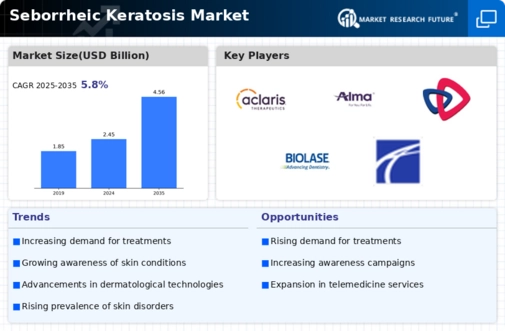
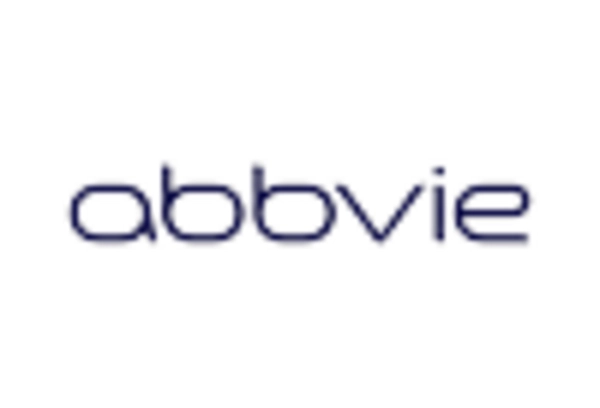
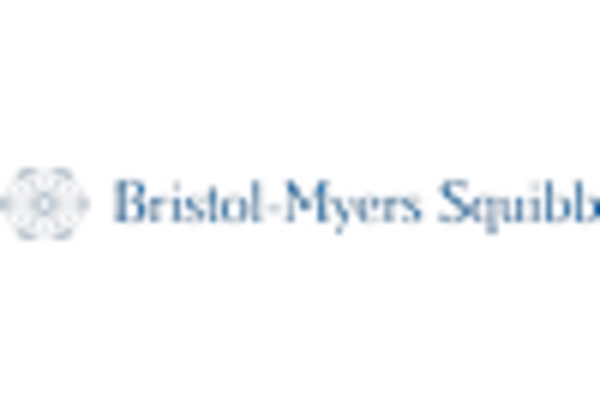
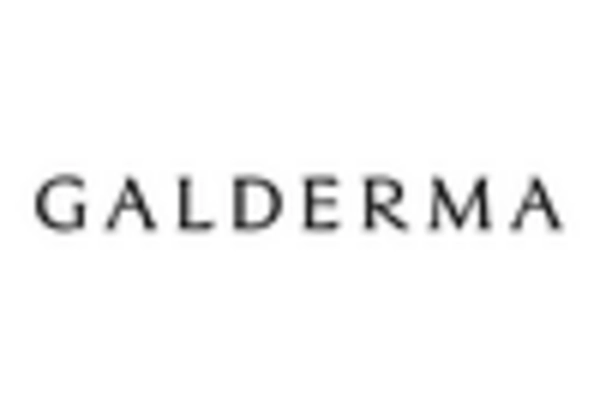
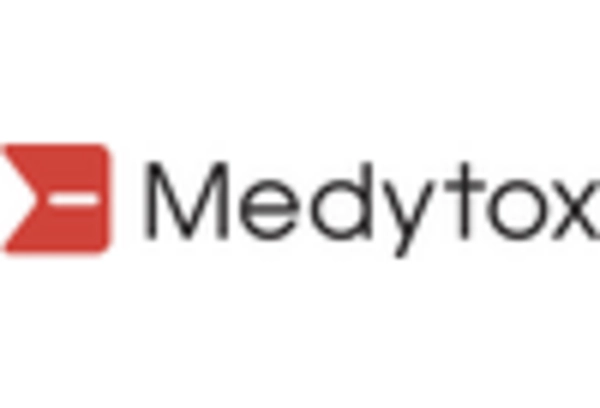
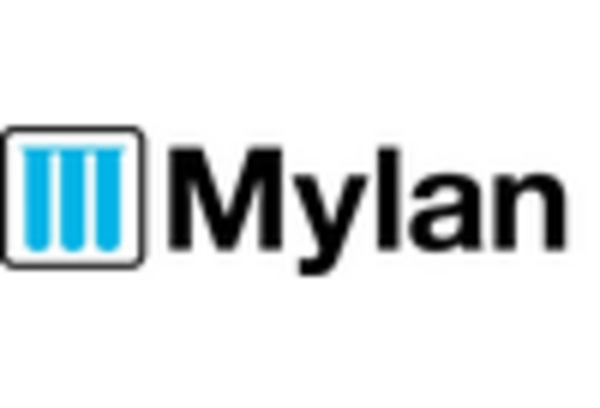
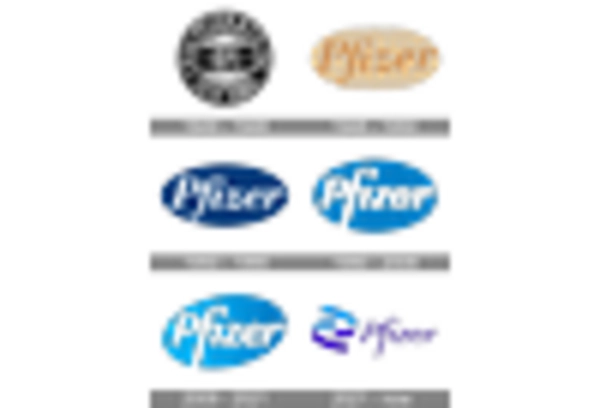









Leave a Comment